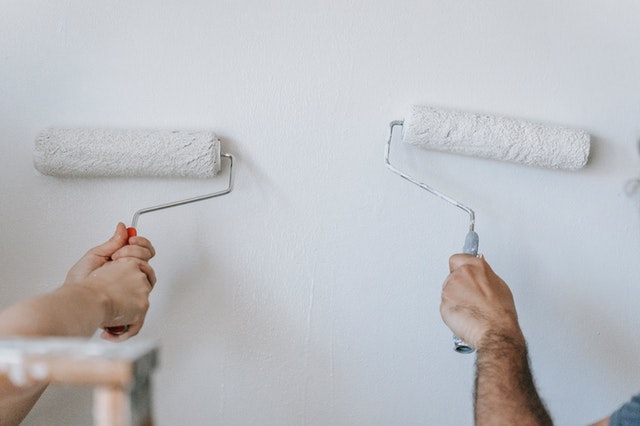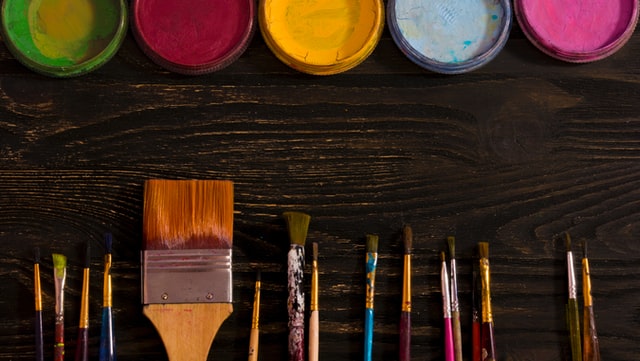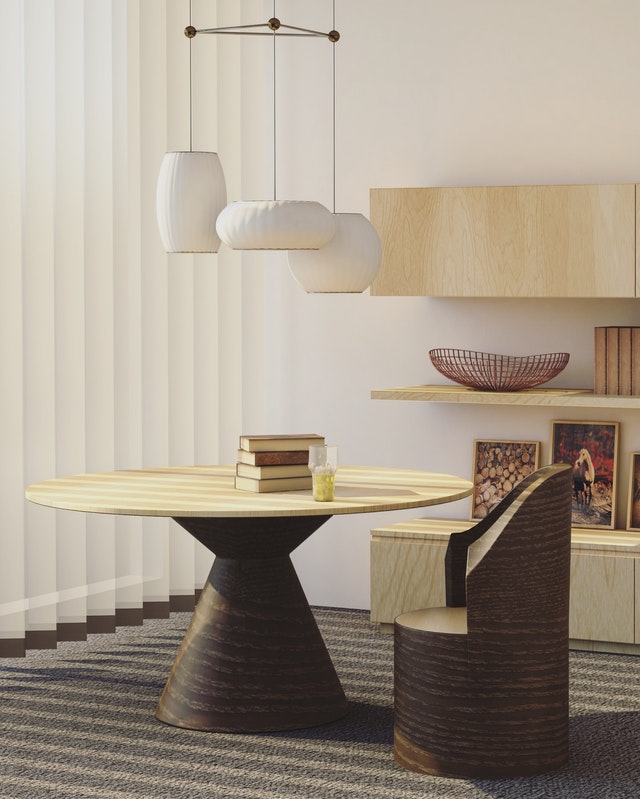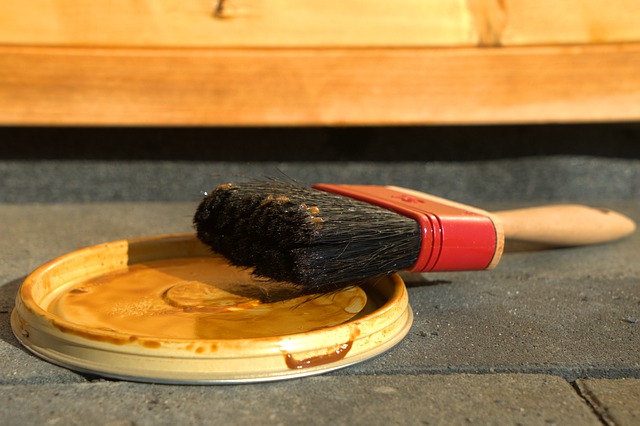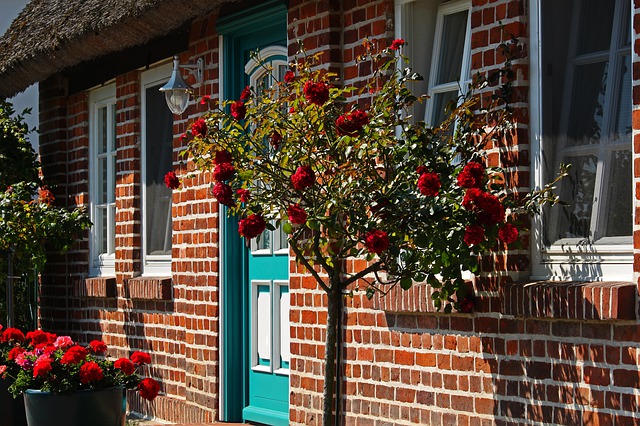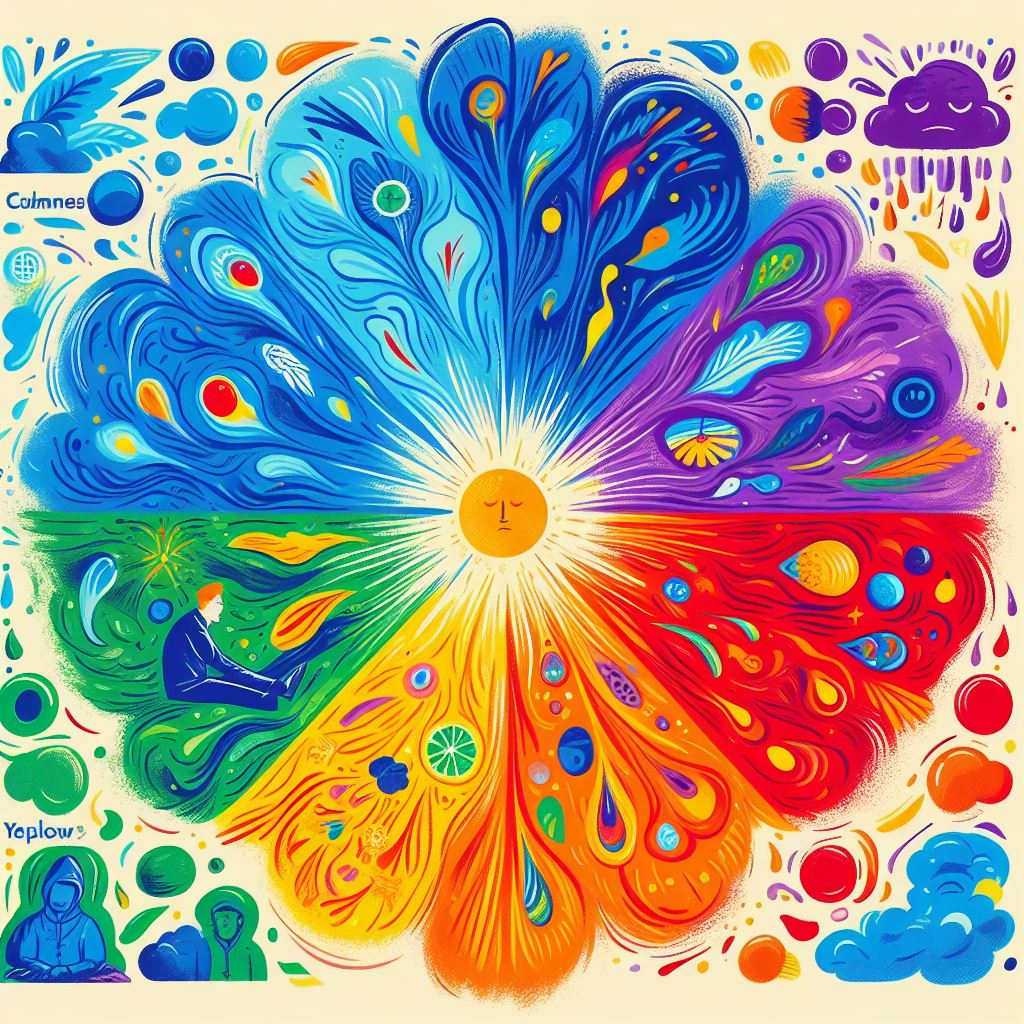
If many different people are asked what their favorite color is, the most common response would be blue. And it would be by a long shot. Around 42% of men and 29% of women will say that their favorite color is blue, with the next favorite being purple for women and green for men. The reason so many people have a similar favorite color is because of color psychology and how Colors affect someone’s mood.
How Colors Affect Someone’s Mood
Blue is generally seen as a calm or tranquil color, which is why it’s such a popular option for someone’s favorite color. When anyone looks at colors, they tend to get different feelings associated with that color, and these feelings are generally shared with others within the area. This is how colors can affect a person’s mood – the brain associates them with different feelings, and seeing the color, especially if there’s a lot of it, can change the way someone feels at that time.
Some Colors And The Moods They Inspire
Each color can inspire different moods or feelings. This is why it’s so important to consider the psychology behind colors when painting rooms, deciding what to wear for an important event, or creating business logos and other brand materials. Some of the colors and the moods they generally inspire include the following.
- Blue – Blue is known for having a calming effect, though darker shades can make people feel lonely. It can also inspire trust or dependability.
- Red – Red is connected with passion, love, and anger. It can also be connected to danger and may have a stimulating effect on various people. It could help increase heart rates and energy levels.
- Green – Green tends to inspire tranquillity and calmness, and it can symbolize money or being rich. On the other side, though, it can also inspire feelings of jealousy.
- Purple – Purple is the color most generally associated with royalty and wealth. It can also help to spark creativity and imagination, and lighter shades can inspire calmness.
- Yellow – Yellow is another color that can be energizing, and it’s generally associated with being cheerful and happy. However, if it’s too bright, it can end up inspiring frustration.
Colors With the Most Powerful Impact
Blue and red tend to be the most powerful colors. Blue is known to be incredibly calming, especially the lighter shades. It’s one of the first colors a person’s eyes are drawn to when they look at a color wheel, and it’s often used on walls in areas like hospitals, bedrooms, or similar spaces to help produce a calming effect. Red is powerful because it is associated with strong emotions like anger or love. It’s a color that gets the heart pumping, so it’s often used in emergency signs to get people to pay attention.
Designing With Color Psychology in Mind
When it’s time to paint a room in the home or somewhere in the office, think carefully about which colors to choose. Bright and bold colors like red, yellow, or orange are perfect for kitchens, but blues, purples, and other cool colors are generally for bedrooms and other spaces where the goal is to inspire relaxation. Use color psychology to pick out the perfect color based on the mood that should be inspired in the room and the feelings someone should have when they enter.
Before planning any painting project, keep in mind how colors affect your mood and well-being. Choosing the right colors is more than just picking out colors that look nice because what looks nice might not actually fit with the room. Take the time to think about the meaning behind colors to have an easier time choosing the right ones for any room.

